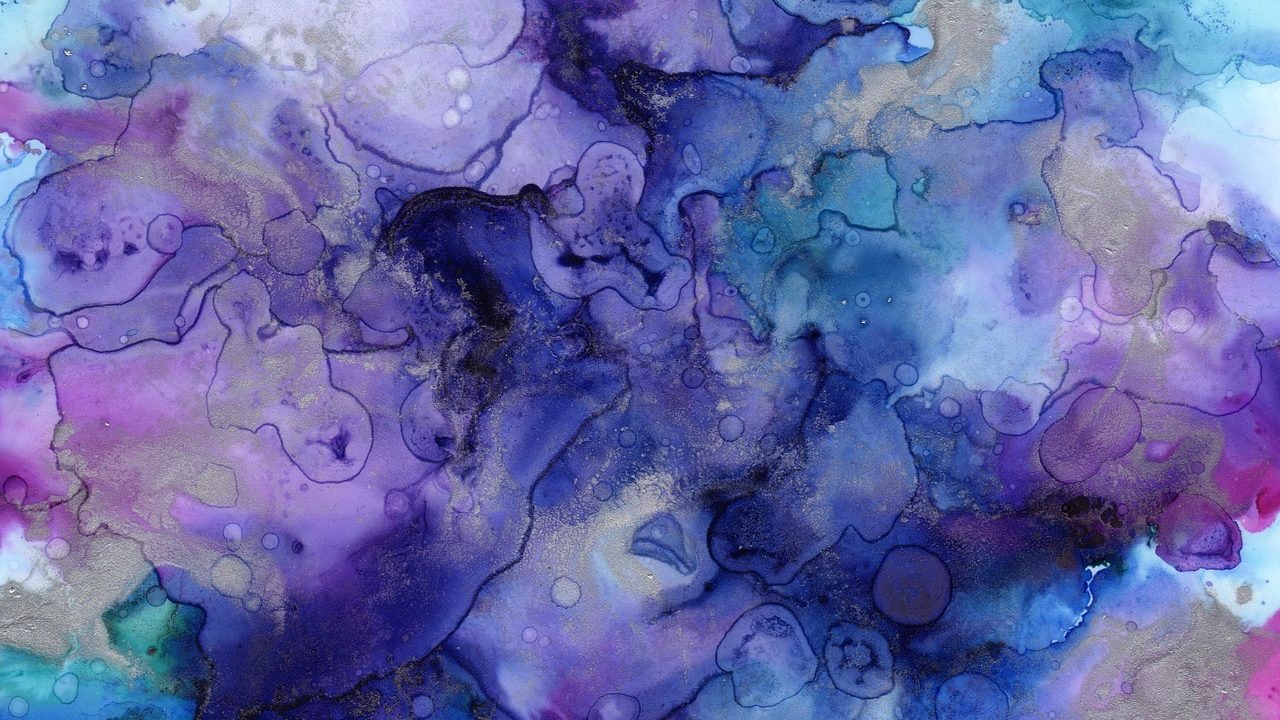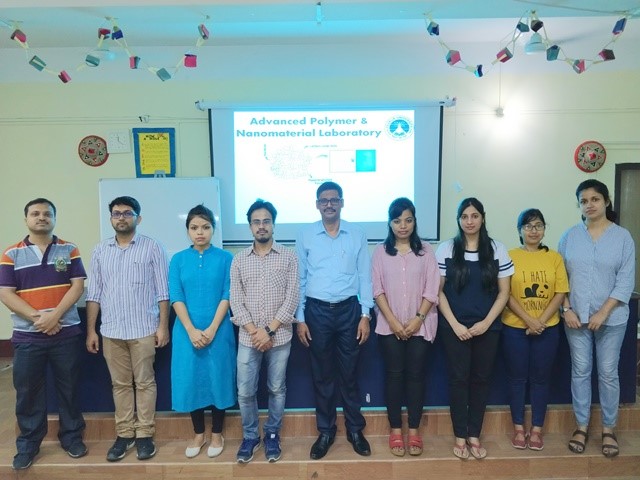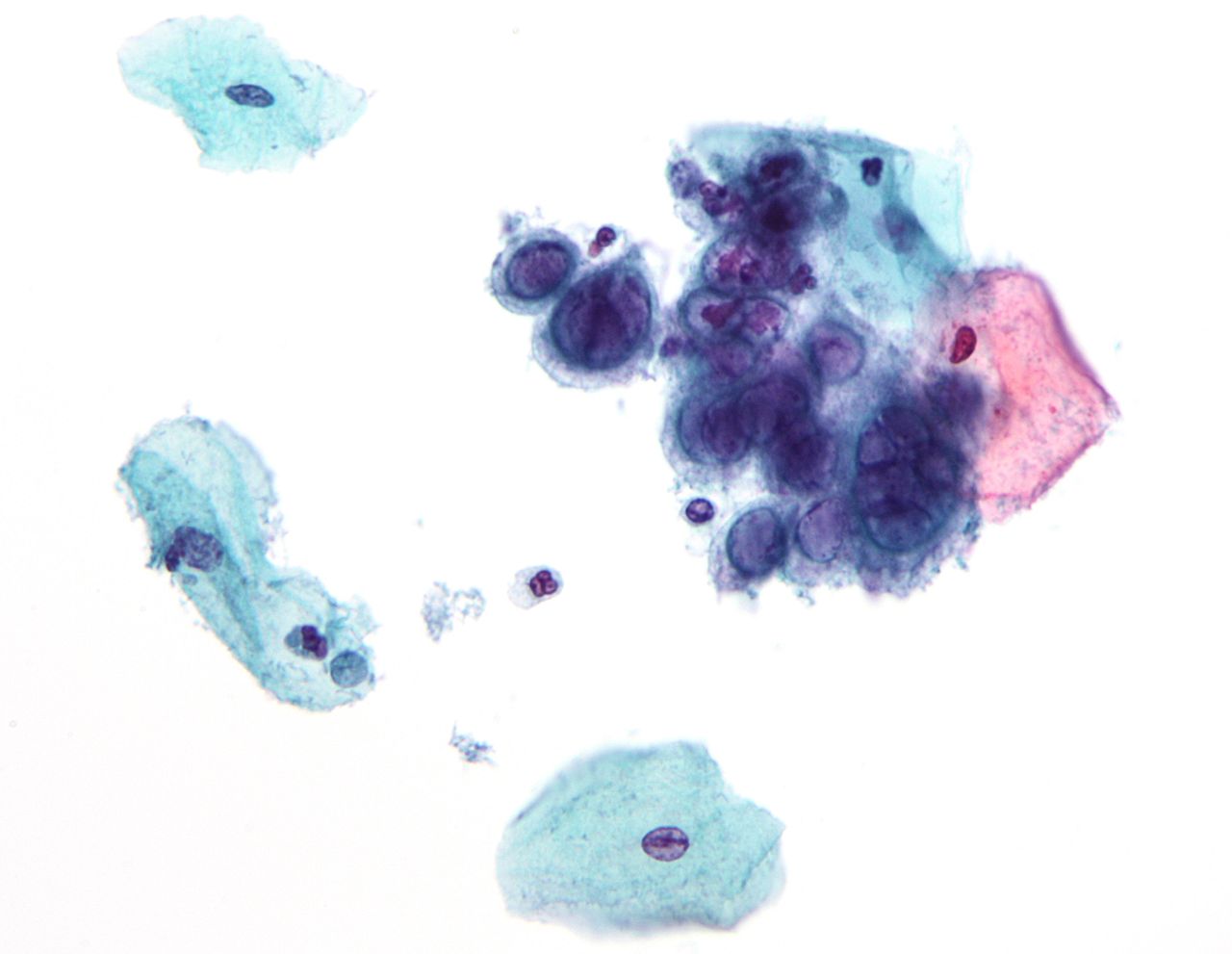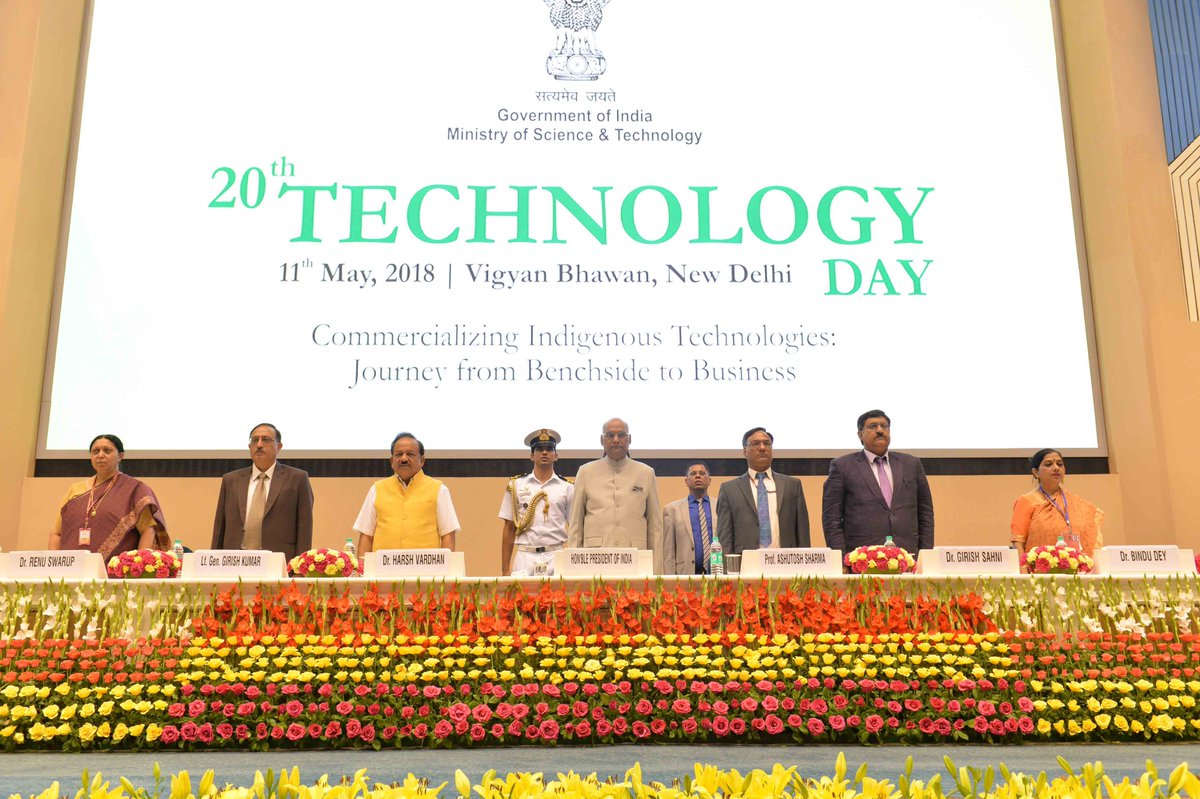
This Invisible Nano-Ink May Help Combat Counterfeiting
- News
- 1.8K
Duplicating or counterfeiting of products is a major problem globally. Standard measures like printing barcodes or holograms used to prevent duplicating of products are usually not foolproof as they too can be forged.

Nanotechnology may offer a hope to address this menace. It relies on certain methods based on natural physical or optical changes that occur in nanoparticles when subjected to specific conditions. These changes can be easily identified, but the technology is difficult to duplicate.
Researchers at the Advanced Polymer and Nanomaterial Laboratory (APNL) of Tezpur University have developed a novel, light-emitting nanocomposite-based ink that is barely detectable under visible light but glows when kept under ultraviolet light. The ink has shown potential to be used as an anti-counterfeiting material on paper and plastic.
“The nanocomposite has an intricate structure to prevent imitation. By dispersing it in organic solvents like xylene, it turns into an ink that can be used directly to write or mark a label. The liquid appears pale-yellow under visible light, and glows with a cyan (blue-green) tint when exposed to UV light of specific wavelength,” explained Dr. Niranjan Karak, Group Leader of APNL, while speaking to India Science Wire.
The composite was fabricated by incorporating nanodots into special polyurethane (PU) polymer. The polymer was derived from bio-waste of vegetable oils and petrochemicals to make it eco-friendly. By using a pre-polymerization technique, the architecture of the polymer matrix was modified to yield a special hyperbranched Polyurethane (HPU).
The enhanced HPU was then reinforced by nanoparticles of graphitic carbon nitride — a photoluminescent material. The nanodots —also known as quantum dots — are of zero-dimension, which means the particles are just a few nanometers in size.
The resulting composite had improved physical and mechanical properties contributed by the graphene-like property of the nanodots while retaining its photoluminescence quality under UV radiation of 365-nanometer wavelength.
The composite was then dispersed in organic solvents to obtain the ink, which was smeared on paper and plastic. The stress-strain tests revealed that the ink improved the overall toughness of the coated materials by manifold. Moreover, the ink was water resistant and stable under ambient conditions for several months, indicating its potential use as an anti-counterfeiting material.
The performance of the ink was demonstrated by writing a few letters on paper and plastic. It was observed that the lettering was not visible in daylight, whereas when kept under UV light, it glowed with a cyan hue.
For easy use, the ink can be loaded into the refill of a sketch or gel pen and has a shelf life of up to ten years and degrades in a few months only under the action of soil microbes, points out the scientist.
“We are exploring further to test the ink under other light sources. More comprehensive studies will be done to check the performance for all weather conditions,” he added.
Niranjan Karak and Rajarshi Bayan from the Advanced Polymer and Nanomaterial Laboratory, Tezpur University, authored the paper, and the results have been published in journal ACS Omega . (India Science Wire)
If you liked this article, then please subscribe to our YouTube Channel for the latest Science & Tech news. You can also find us on Twitter & Facebook.


